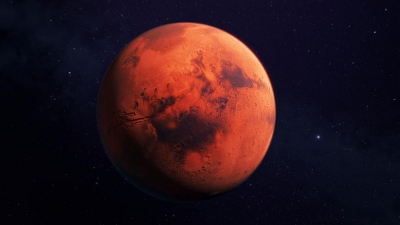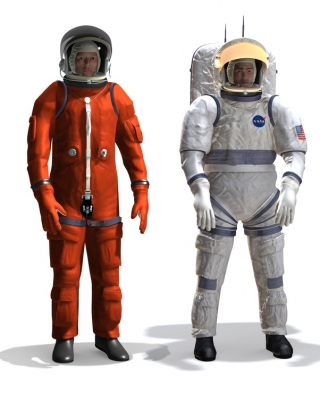
It’s not the fall that kills you, it’s the sudden stop at the bottom.
Bouncing doesn’t come into it. The question is, how fast are you going when you hit something. The faster you are going, the more energy you contain when you hit the ground—energy that now tries to break bones and crush organs like tomatoes on the windscreen of a passing car.
On Earth, the general rule of thumb is that you risk serious injury from any fall higher than you are. On the moon that would have to be adjusted; lunar gravity is only 1/6th as strong, but there is no air—so you will never reach a “terminal velocity” beyond which you don’t speed up any further.
If an astronaut fell 300 feet on the moon, that’s a 91.44 meter drop at 1.633 meters per second per second acceleration (we’ll do this in metric because metric isn’t a stupid, byzantine measuring system). With no air resistance at all, our hapless astronaut will hit the ground after 10.6 seconds, at a velocity of 17.2 meters per second.
How dangerous is that? Well on Earth, to hit the ground at 17.2 meters per second (ignoring air resistance), you’d have to fall from a height of 15.2 meters, or 49.8 feet, or the roof of a five story building. Onto rock or dry sand. Does that sound like a good idea?
No. Such a drop would likely break the spacesuit and would certainly break the occupant.
Credit : Quora
Picture Credit : Google





